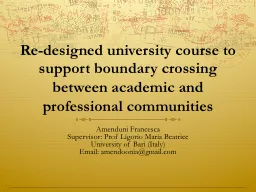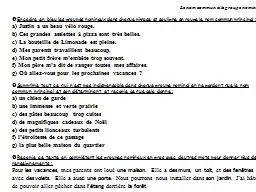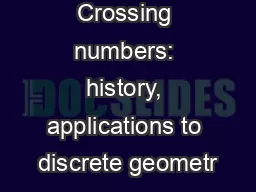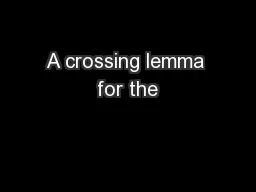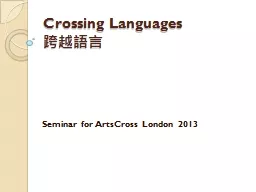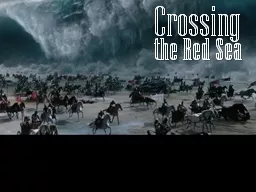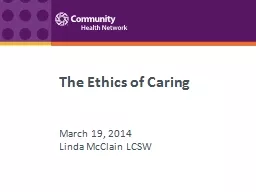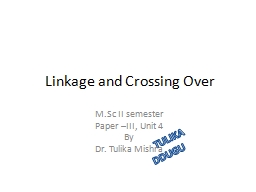PPT-Re-designed university course to support boundary crossing between academic and professional
Author : groundstimulus | Published Date : 2020-07-02
Amenduni Francesca Supervisor Prof Ligorio Maria Beatrice University of Bari Italy Email amendooniagmailcom The Problem In the Italian context university
Presentation Embed Code
Download Presentation
Download Presentation The PPT/PDF document "Re-designed university course to support..." is the property of its rightful owner. Permission is granted to download and print the materials on this website for personal, non-commercial use only, and to display it on your personal computer provided you do not modify the materials and that you retain all copyright notices contained in the materials. By downloading content from our website, you accept the terms of this agreement.
Re-designed university course to support boundary crossing between academic and professional: Transcript
Download Rules Of Document
"Re-designed university course to support boundary crossing between academic and professional"The content belongs to its owner. You may download and print it for personal use, without modification, and keep all copyright notices. By downloading, you agree to these terms.
Related Documents

